Reportar esta entrada
Más sobre la misma comunidad-colección
Douglass High School - 1917 - 1921
Douglass High School - members of Douglass High School from 1917 ...
Douglass High School - Class of 1925 & 1926
Douglass High School El Pas,o Texas -- classmates of class of ...
Capt. John L. Chapin - Company E - 1940
Capt. John L. Chapin - Company E - 1940 When most people in ...
Capt. John L. Chapin - Company E - 1940
Capt. John L. Chapin - Company E - 1940 - in this photograph ...
Demolición del Puente I-10 Este a la altura de North Mesa Street
Crews demolished the I-10 East Overpass at North Mesa Street in ...
Amortiguador destrozado después de una colisión
These wrecked attenuators were on display at the Work Zone ...
Protegiendo a nuestros trabajadores
Truck-mounted attenuators, like this one, are used to protect ...
Nuevas Rampas con Conexión Directa a US 85
The direct connector ramps from I-10 Eastbound to US 85 near ...
Iola L. Brown Crumady - El Paso, Texas
Hailing from Galveston, Texas, Mrs. Crumady came to El Paso, ...
Felix Thomas Antone & Rosie Mc Cormack - 1966
Rosie Mc Cormack dancing with Felix Thomas Antone about age ...
Congresswoman Barbara Lee - El Paso, Texas - 2017
Congresswoman Barbara Lee visits the McCall Neighborhood Center ...
Felix Thomas Antone's First Holy Communion - 1961
Felix Thomas Antone's First Holy Communion - at St. Patrick's ...

















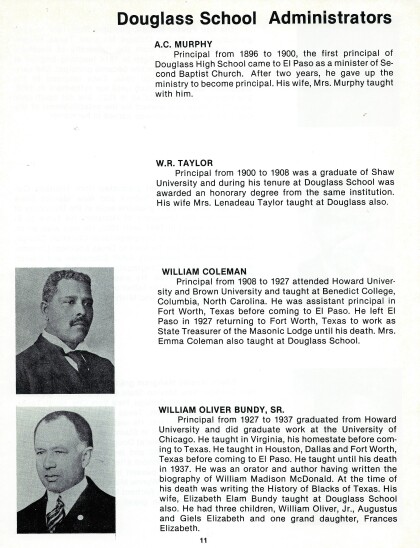
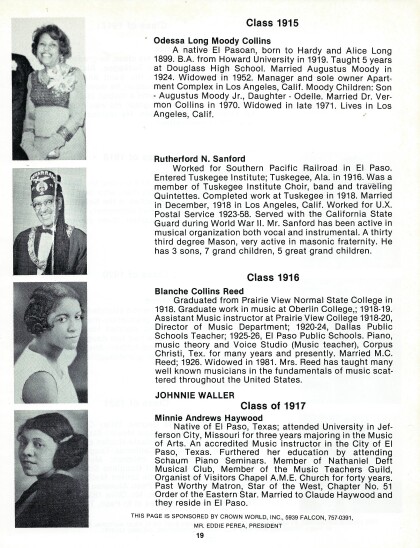
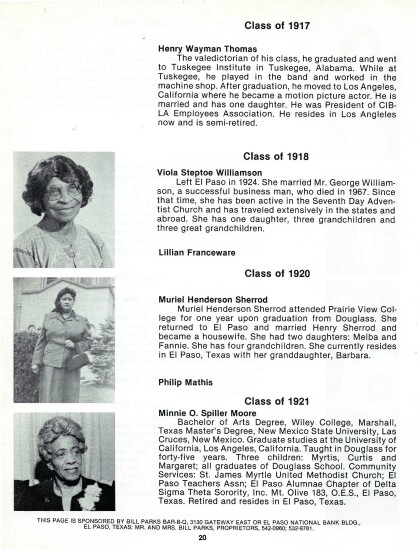
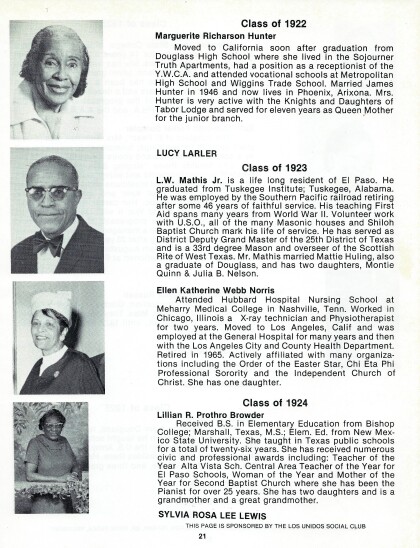
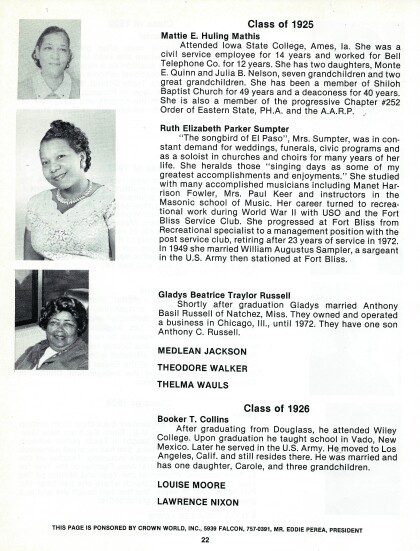
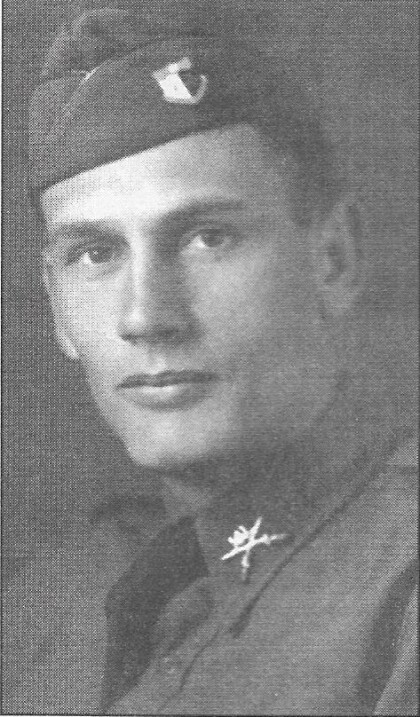
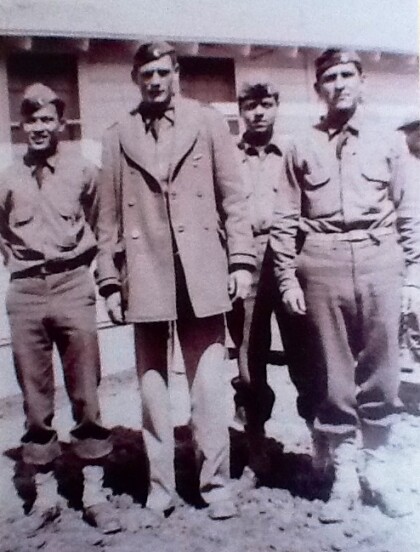
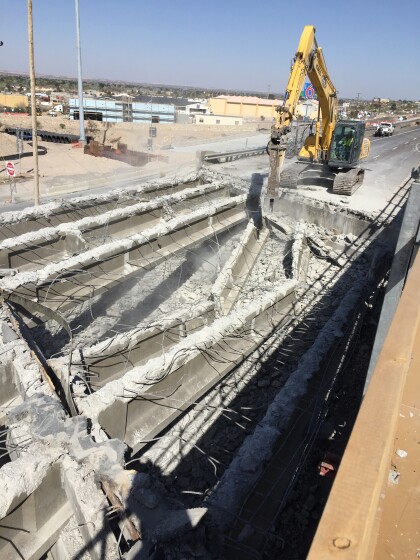

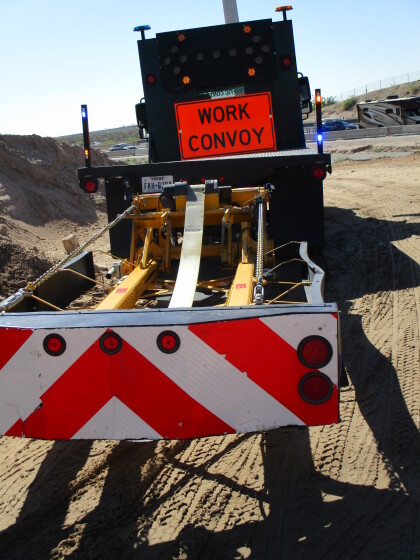
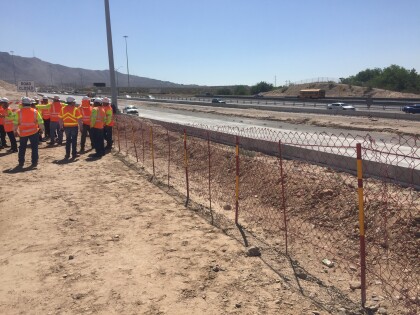
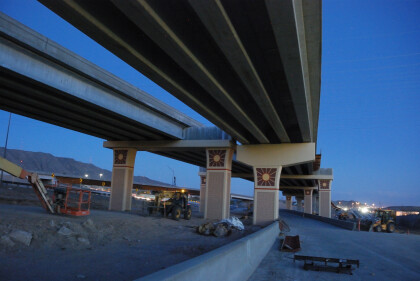
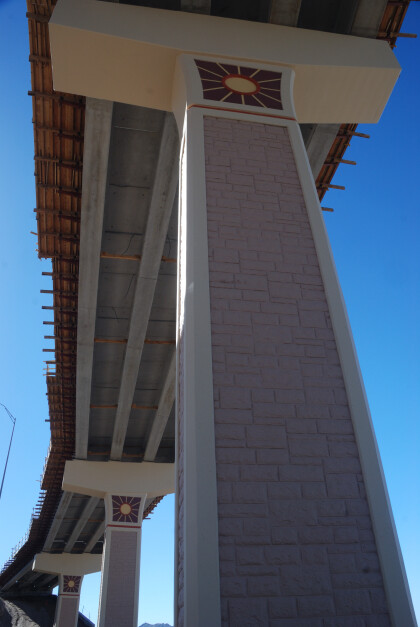
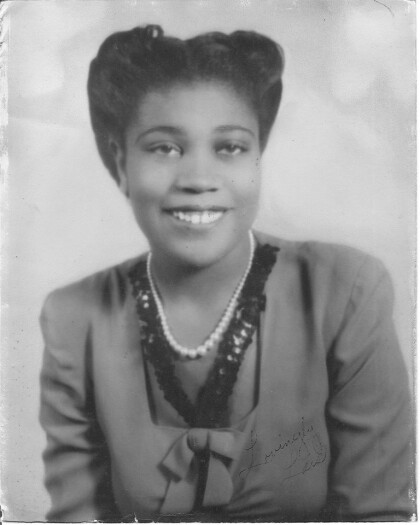


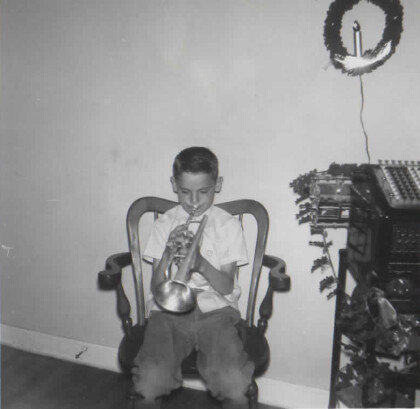

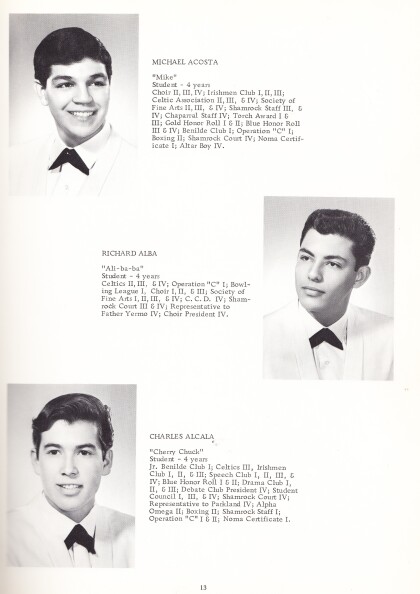
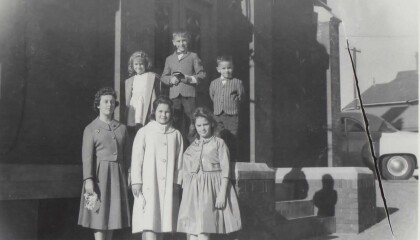
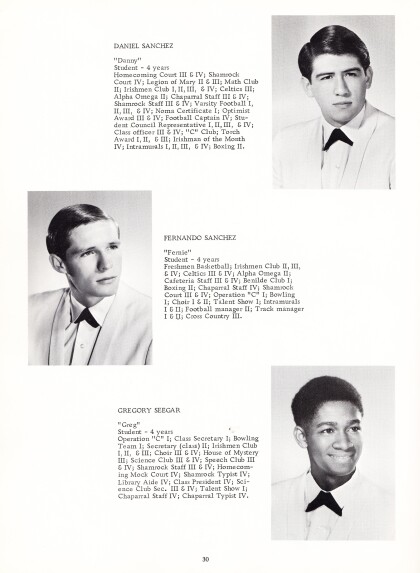
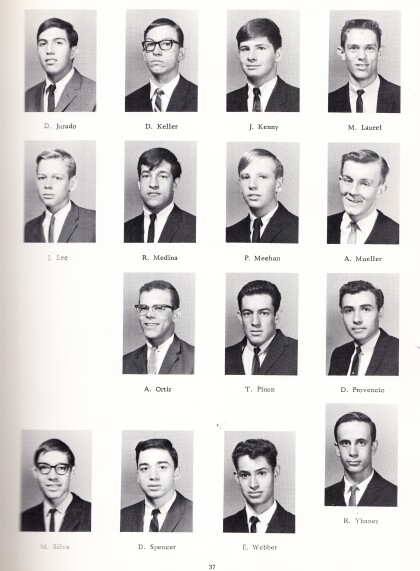
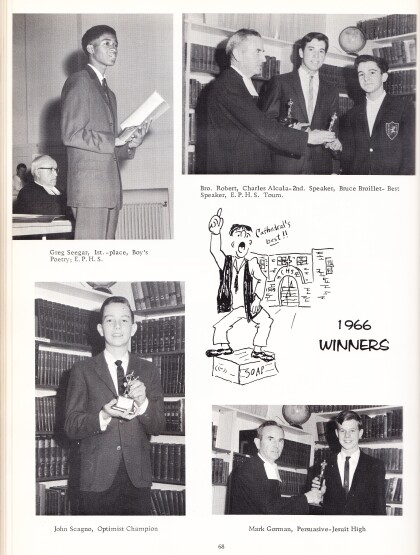
Comentarios
Hacer un comentario